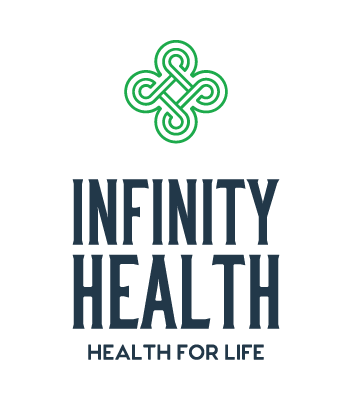It is easy for us to focus on the big muscles that are famous for all their power. However, what you may not realize is that there are a bunch of smaller muscles, the stabilizer muscles, that are making sure the big ones can do their job.
Think about when you watch an overhand serve in volleyball, or ballet dancers land their grands allegros. Both of those movements require a series of smaller muscles that stabilize the safest execution for the athlete’s body. The dancer does not land and immediately absorb the impact through their calves, thighs and hamstrings; instead, they land through the very tips of their toes, to the ball of their foot and their ankle. All before the calf muscles even engage! The volleyball player’s serve cannot happen before they gather momentum by swinging their arm all the way behind. Moving in one smoothly coordinated motion through their neck, shoulder, elbow and wrist before the power even strikes the ball.
These muscles are almost always forgotten, so we group them under the umbrella term “stabilizer muscles”.
Some of the most difficult work for stabilizer muscles is done right on the spot.
These smaller stabilizer muscles play an important part in keeping all your other larger muscles sturdy and strong. As we look for things to do in our at-home-workouts, it’s important to focus some time on the ones that both coordinate our movements to optimize our mobility, and maintain proper alignment to reduce chance of injury.
Fitter Wobble & Rocker Boards/Sanctband Balance and Sitting Disc
Balancing boards are a simple and great way to work on overall stability. It engages your core as you try to balance while using it. There are different sizes for varying exercises or degrees of difficulty. When combined with the use of resistance bands, these are great tools for building the strength and agility of our stabilizer muscles.
Sanctband Exercise Balls (Burst Resistant)
Exercise balls are possibly one of the most versatile items to have in your home gym. Not only can they be used as an alternative to traditional desk chairs, but there are endless resources for exercises and workouts using them. Wall squats, hamstring curls, and elevated push-ups can enhance the intensity of your workouts. They are also great tools for rehabilitating injuries, or creating more comfortable workout and exercise variations.
Posture Medic | Braces & Supports
Many of us spend a large portion of our time hunched over our desks or doing repetitive work that doesn’t always feel great on our body. It is easy to fall into bad posture habits – sometimes we forget we aren’t sitting up straight! Supports and braces can ease shoulder pain that may be related to poor posture. They are also useful for misalignment caused by overcompensating for an injury, or chronic pain from a repetitive stress injury. Some braces and supports are made to wear all day; other products like Posture Medic can double as a resistance band for, quick, at your desk, chest, shoulder and upper back exercises.
These are a couple products that are common for stabilizing workouts. However many basic exercises performed slowly and controlled will also provide similar effects for those small and mighty muscles.
Next time you lift something heavy, pay attention to that moment right before when your brain says “lift from your legs,” and notice that your feet are the first thing to root into the ground to start the journey up.
If you’d like more information on how to maximize your stabilizer muscles, don’t hesitate to reach out!

